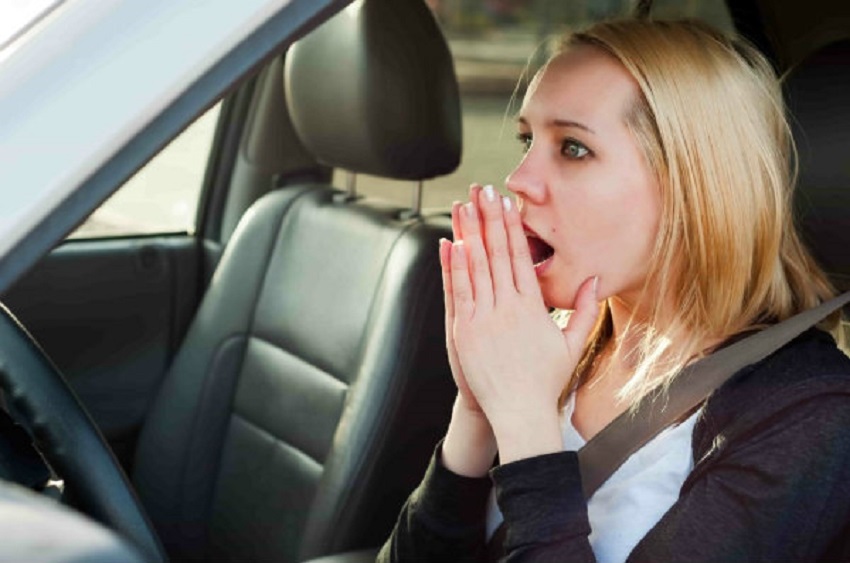Most deaths take place outside healthcare facilities. Certainly, some of these are unavoidable as to the intensity of the accident but some of them are possible to avoid when proper action is taken swiftly. Timing is crucial in this case and can create the difference between life and death. We know that lack of awareness coupled with the absence of basic knowledge on the life-saving strategies is to be blamed in this case. These few steps curated by best au online casinos may save the life of an accident victim.
- Check yourself first: If you have met with an accident, first check yourself for any injuries. See how well you can move your limbs, bear weight on them, also see if you experience symptoms such as dizziness. You need to be fit enough to help others.
- Check the other person(s) for injuries: If other people are injured, first assess the extent of their injuries. Treat the quietest person first; they are usually more seriously injured or cannot breathe. People who can talk or shout, on the other hand, can breathe therefore can be treated a little later. Ask for the person’s name; if they respond, it means they are able to comprehend the situation and have most likely not suffered a severe head injury, which will impact your performance at les machines a sous en ligne.
- Look for signs of breathing: Next, check if the person is breathing and if he has a pulse.
- Call for help: Immediately call for an ambulance or rush the person to a hospital. Once you know more about the patient s condition you will in a better position to tell the doctors about his/her condition.
- Check for obstructions in the person’s mouth and throat: If you do not hear any breath sounds, check his/her mouth for any obstructions. If there is something obstructing the airway, use your index and middle finger to clear the airway.
- Perform life saving techniques: If there is no pulse, start CPR or EAR. Keep the person s neck straight to start EAR (External Air Resuscitation) or CPR (Cardio pulmonary resuscitation). There are 3 types of EAR; Mouth-to-mouth, Mouth-to-Nose, Mouth-to-Mask.
- Ways to help him/her in grave situations: If there is bleeding from the mouth or the patient is vomiting, turn the person to his/her side. This will avoid any chances of the person choking. Place the person s arm that is under him straight out and the arm closest to you across his chest.
- Deal with open wounds: If there are extensive wounds, try to control the bleeding using pressure to the area using a cloth. Press down with your palms rather than your finger tips. You can also read about first aid measures for fractures.
- Always suspect spinal injuries: If the person s neck is in an awkward position (not normally placed) or the person is unconscious, do not move the patient. Get help immediately. This could mean that the person s neck is broken, and moving him/her in such a situation can cause more harm than good.
- Keep the person warm: Usually accident victims feel excessively cold due to shock. Therefore keeping them warm is essential to survival. You can use whatever you have to do this, such as a T-shirt, jacket, etc.
